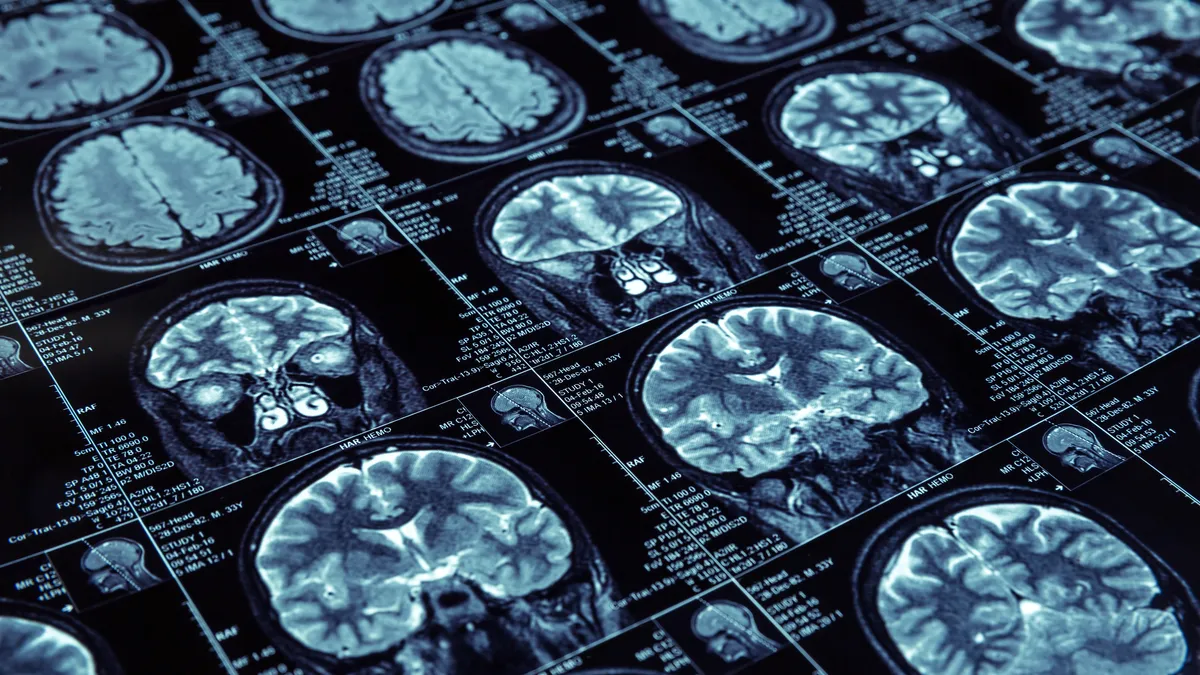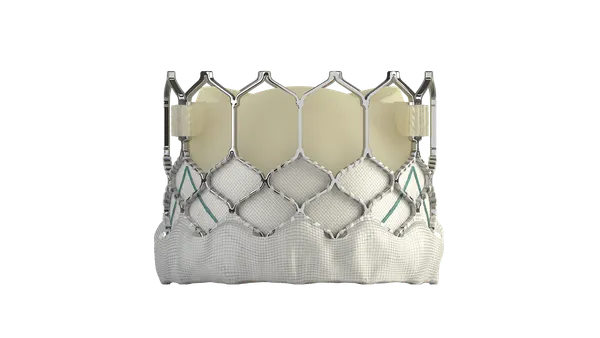Dive Brief:
-
Synaptive Medical has recalled its intraoperative neurosurgical guidance system BrightMatter Guide with Surface Trace registration.
-
The recall, which FDA categorized as a Class I event, follows the discovery that a software defect can prevent surgeons from seeing the accurate locations of their tools in the brains of their patients.
-
With the defect raising the risk of damage to the brain and vascular structures, Synaptive asked surgeons to take precautions when using the technology. Synaptive has since patched the software to fix the problem.
Dive Insight:
Synaptive received FDA clearance for its BrightMatter Guide in 2014. The technology uses a modeling technique to generate 3D images of the brain. Equipped with these images and anatomical scans, surgeons can visualize the internal networks of the brain to support the planning and execution of neurosurgical procedures.
In 2016, FDA cleared the Surface Trace registration modification to the system. The clearance gave surgeons access to an alternative way of registering the clinical images to the patient's anatomy. This method, known as Surface Trace registration, was associated with positional errors of less than 2 mm in the study used to support the 510(k) submission.
However, it has since become clear that 36 systems distributed in the U.S. in recent years may suffer from a software defect that affects the accurate visualization of surgical tools. The defect is triggered when Synaptive's system is used with the NICO BrainPath, a third-party tubular retraction device.
BrainPath devices facilitate trans-sulcal procedures, a type of surgery designed to facilitate access to the brain while minimizing damage to white matter. The devices pass along the pre-planned route to the target of the surgery, making it important for surgeons to know their locations. Synaptive responded to the problem by patching the software.
"The software defect has actually been successfully patched and resolved at all affected customer sites in North America as of Wednesday, November 21, 2018," a spokesperson for Synaptive said.
Given the risks posed by the fault, Synaptive had advised surgeons to confirm the virtual tip offset value on the system display matches the obturator tip for the BrainPath ports. During the procedure, surgeons were told to continue to check the offset value periodically and take actions if an incorrect value is shown.










